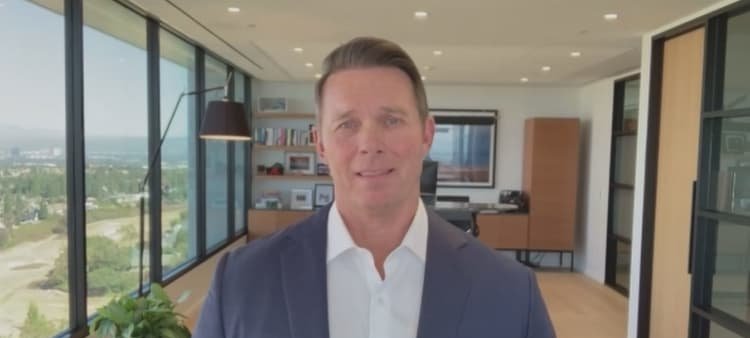Several analysts argued that macroeconomic pressures rather than company-specific problems are dampening demand. Unemployment edging higher, the resumption of federal student loan payments and real wage growth that lags inflation are shrinking discretionary budgets, according to their assessments. Consumer-price data from the U.S. Bureau of Labor Statistics show food-away-from-home costs rising faster than the overall inflation rate, tightening household spending for restaurant meals.
Pricing perceptions and core demographic
Chipotle leadership acknowledged that perception of value may be contributing to traffic erosion. Although the typical burrito or bowl is priced near $10, company research indicates many diners assume the cost aligns with the roughly $15 entrées common at other fast-casual competitors. Chief Executive Officer Scott Boatwright told analysts that visit frequency is falling most sharply among customers aged 25 to 35, a cohort that represents a significant share of Chipotle’s volume.
To counter waning visits, the chain has rolled out targeted promotions and menu initiatives, but analysts expressed concern that these measures have not yet stemmed declines. Bernstein wrote that the marketing and product changes implemented to date appear insufficient to offset the traffic retreat.
Impact on the broader fast-casual segment
The disappointing update rippled through the fast-casual category. Shares of salad specialist Sweetgreen dropped about 6% Thursday, and Mediterranean-focused Cava slid roughly 8%. Both companies are scheduled to announce third-quarter results next week, and Morgan Stanley cautioned that the group could represent “this season’s Halloween scare” if cost-conscious consumers continue to pull back on discretionary dining.
Financial snapshot
Chipotle has now reduced its annual same-store sales target three times in 2025. The lower outlook arrives despite a menu that remains streamlined and supply chain conditions that management describes as stable. Nevertheless, falling traffic is pressuring restaurant-level margins because fixed costs are being spread across fewer transactions.

Imagem: Internet
Market sentiment turned sharply negative following the outlook revision. Heavy volume sent the shares to their steepest single-day percentage loss in years, underscoring investor unease about whether the company can reaccelerate growth without sacrificing its premium positioning. Despite Thursday’s decline, Chipotle’s valuation remains higher than many peers on a price-to-earnings basis, heightening sensitivity to any further operational missteps.
Analysts split on recovery timeline
Though bearish reactions dominated immediate commentary, some strategists maintained a constructive long-term stance. Bank of America Securities argued that brand fundamentals, such as customer loyalty and steady share of dining-out dollars, remain intact and should support a rebound once macro conditions stabilize. Others countered that the near-term visibility on traffic is limited, making it challenging to forecast when sales growth will re-accelerate.
With three quarters now showing slower-than-expected momentum, investors will look for clearer evidence of traffic stabilization in early 2026. Management indicated it will continue to test pricing, promotional offers and digital engagement efforts aimed at reinforcing value while protecting profitability.
The next formal update is expected in the company’s fourth-quarter earnings release early next year. Until then, analysts and shareholders will monitor industry data and Chipotle’s own disclosures for signs that the demographic most critical to its business is returning with greater frequency.
Crédito da imagem: Kevin Carter | Getty Images


